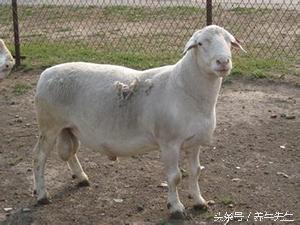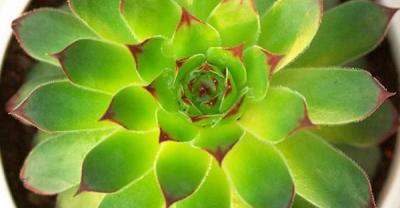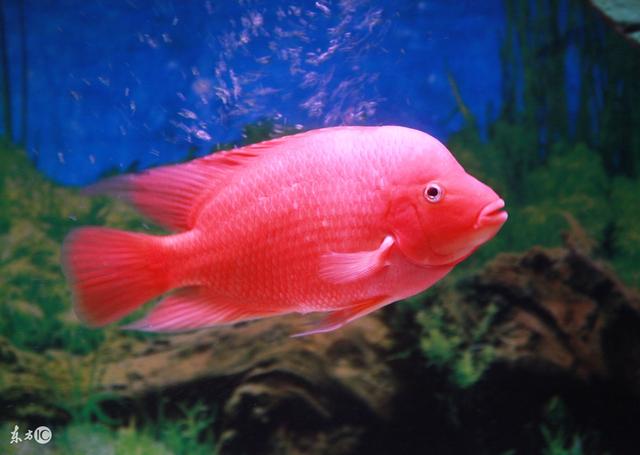Breed selection should be paid attention to in mutton sheep breeding

Raise sheep and do a good job in breed breeding. Fecundity is hereditary, and different varieties have different fecundity. There are two births a year or three births in two years, but most breeds give birth to 2 ~ 3 lambs, some up to 4 ~ 8 lambs. Therefore, in order to improve fecundity, prolific characteristics must be introduced into crossbreeding, or prolific variation must be selected to fundamentally improve the production performance of sheep, and at the same time establish and improve the breeding registration system and improved breed reproduction system.
Second, select good breed sheep. Excellent breeder sheep are in good condition, energetic, short and round neck, strong physique, rectangular body, deep chest, straight waist, wide and plump buttocks, moderate size and left-right symmetry of testis, far from the base of scrotum, and good semen quality. Sheep with single testes, cryptorchidism and any deformed reproductive organs can not be used for breeding. The breeding ewe should choose large, compact, full muscle, elastic skin, deep chest, straight back, slightly larger rear abdomen, upright limbs, wide spacing, fast growth and development, high meat production rate, more lambs, soft and spherical breasts, good lactation performance, sensitive mind, lively action, brisk walking, high head, shiny coat color.
Third, optimize the flock structure. Female goats are generally no more than 7 ~ 8 years old, and the overall structure ratio of sheep is 47% of fertile ewes, 50% of reserve ewes and sheep born in the same year, and 3% of breeding rams. In addition, in addition to changing the breeding ram once a year to prevent inbreeding, it is also necessary to strengthen the elimination of old sheep, sick sheep, weak sheep and perennial infertile sheep, so as to ensure that appropriate-age sheep account for more than 70% of the total number of sheep, so that stable and high yields can be achieved.
Fourth, strengthen feeding and management. ① spring: the weather is cold and changeable, and it is the lambing season. Ewes have a heavy burden and weak physique. When grazing, we must control the sheep, be strong and weak, run less and eat more grass. ② summer: there are many mosquitoes and flies in hot weather, so it is necessary to graze both early and evening to create a cool feeding environment for sheep. Try to prolong the time and let the sheep eat more grass. ③ autumn: change grasslands frequently when grazing, choose places with grass seeds for grazing, promote sheep to accumulate more fat, and lay a good foundation for breeding and overwintering. ④ winter: most ewes are in the third trimester of pregnancy, and the climate is cold, so grazing should be safe, the amount of exercise should be appropriate, and qualified farmers should appropriately supplement some high-quality hay and concentrate.

Zhang Guoqing, a graduate student at China Agricultural University, suggested: I recommend using corn silage, because silage or corn straw can not only preserve the original nutrients, but also effectively kill germs and insect eggs in the straw. in this way, the harm of germs and insect eggs to the branches is reduced. And corn silage technology is simple, agricultural storage, low cost can be used in four seasons. In the winter when feed is scarce, silage can be used as superior feed for sheep. In some large breeding enterprises, silage is mainly used in winter, but it should be noted that good quality and no mildew must be ensured in the use of silage, otherwise it will cause gastrointestinal disorders of sheep.
Wechat: sdxdyz
Official account of Wechat: xdnyyzc
Network station: www.sdnyjd518.com
Address: animal Husbandry Development Zone in Southwest Shandong Province
- Prev

Distribution, habits and cultivation methods of Australian fir
Alias: heterophyllous Araucaria, Norfolk Araucaria, fine leaf Araucaria. Scientific name: Araucaria heterophylla family genus: Araucaria family, Araucaria genus...
- Next

Common Freshwater Ornamental Fish "Breeding Methods" Blood Parrot
Blood parrot family name: cichlids alias: god of wealth fish, rich fish morphological characteristics: blood parrot body length 25-35 cm. The young fish are grey #but grow from...
Related
- On the eggshell is a badge full of pride. British Poultry Egg Market and Consumer observation
- British study: 72% of Britons are willing to buy native eggs raised by insects
- Guidelines for friendly egg production revised the increase of space in chicken sheds can not be forced to change feathers and lay eggs.
- Risk of delay in customs clearance Australia suspends lobster exports to China
- Pig semen-the Vector of virus Transmission (4)
- Pig semen-the Vector of virus Transmission (3)
- Five common causes of difficult control of classical swine fever in clinic and their countermeasures
- Foot-and-mouth disease is the most effective way to prevent it!
- PED is the number one killer of piglets and has to be guarded against in autumn and winter.
- What is "yellow fat pig"? Have you ever heard the pig collector talk about "yellow fat pig"?

